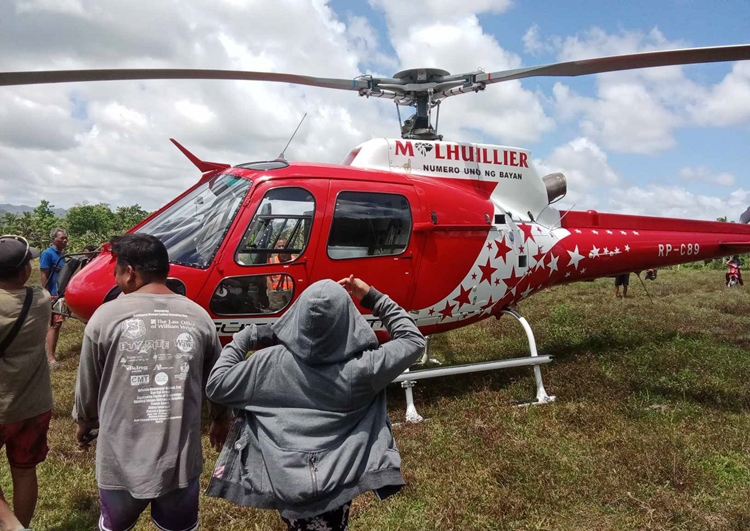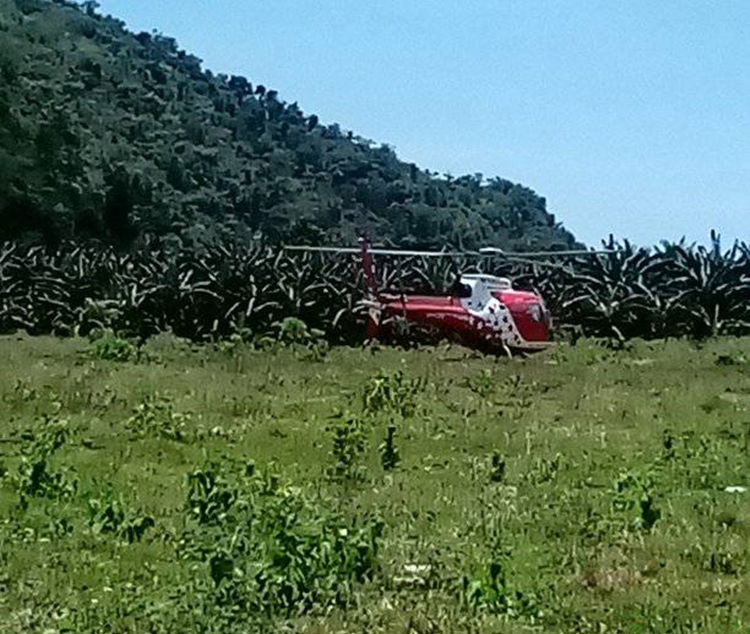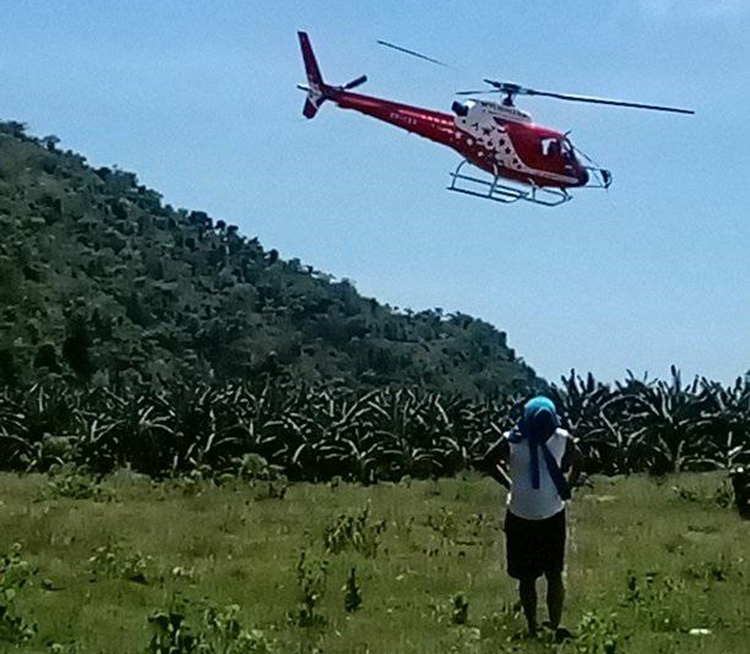A kite is believed to have caused a helicopter to make an emergency landing
BOHOL – A kite is believed to have caused a helicopter to make an emergency landing In Guindulman after the pilot found a nylon string on the rotor blades.
A helicopter might need to make an emergency landing due to various factors, including mechanical failure, adverse weather conditions, or medical emergencies.
Mechanical failure is one of the most common reasons for emergency helicopter landings. This could include engine failure, transmission issues, or problems with critical components such as the rotor system. Pilots are trained to recognize signs of mechanical failure and will initiate an emergency landing procedure to safely land the helicopter as soon as possible.

Adverse weather conditions such as high winds, heavy rain, or reduced visibility can also force a chopper to make an emergency landing. Flying in adverse weather conditions can be extremely dangerous, and pilots may choose to land the helicopter until conditions improve to ensure the safety of the crew and passengers.

Medical emergencies on board can also necessitate an emergency landing. If a passenger or crew member becomes seriously ill or injured, the pilot may need to land the chopper quickly to seek medical assistance. In some cases, this may involve landing in a remote area where emergency medical services can reach the patient.

In any emergency landing situation, the pilot’s primary concern is the safety of everyone on board. They will assess the situation quickly and take appropriate action to land the helicopter safely, following established procedures and protocols to minimize the risk to passengers, crew, and the aircraft itself.
Furthermore, a kite is believed to have caused a helicopter to make an emergency landing in Guindulman, Bohol. The pilot inspected the helicopter and found a nylon string tangled in the rotor blades.
The aircraft departed after removing the string. Additionally, no one was injured in the incident, including the pilot and his two passengers.
